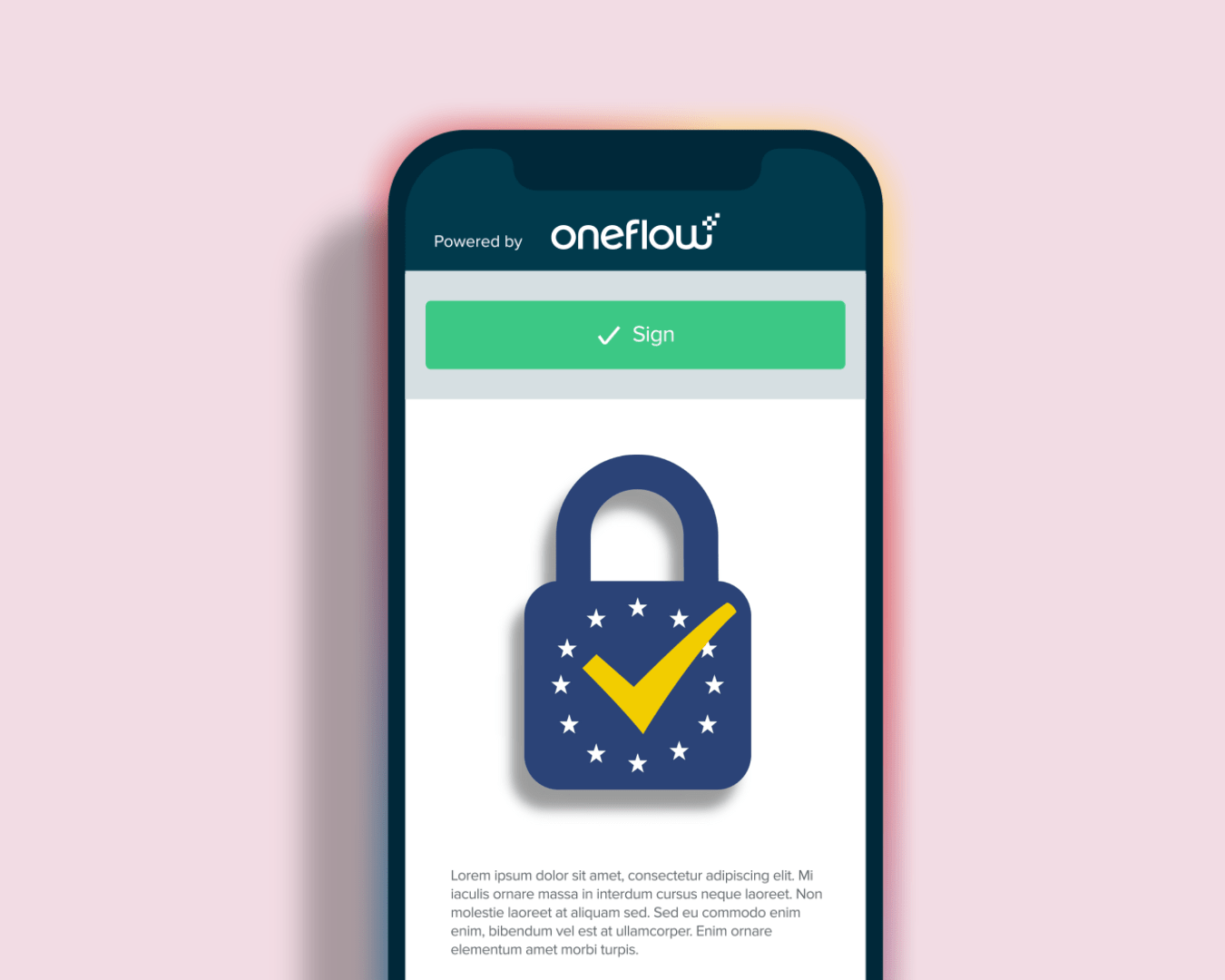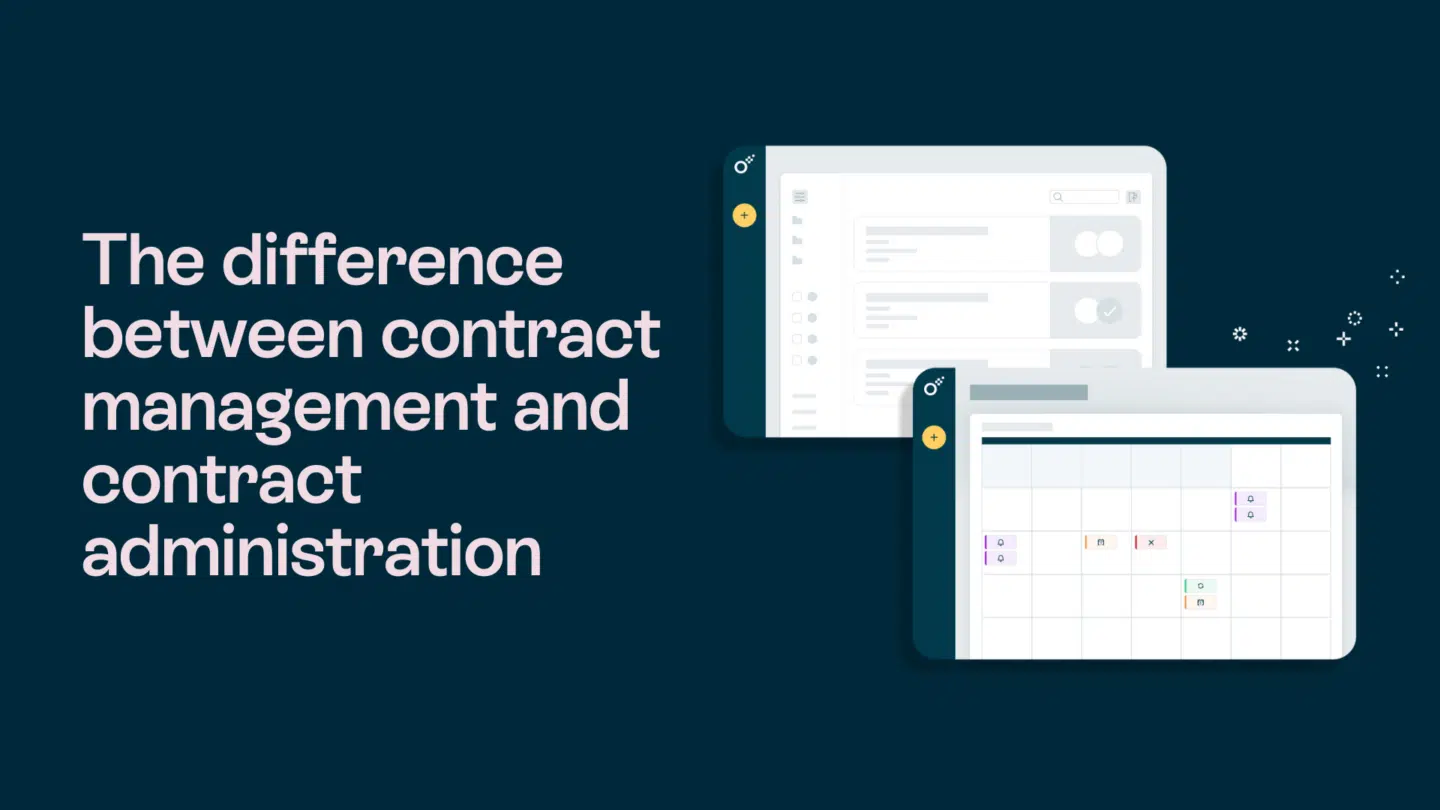You know your contract process could be faster, easier, and a lot less manual. But to get buy-in from your team or leadership, you need more than a gut feeling. You need a clear plan.
That’s where a business case comes in. With a few simple steps, you can show exactly why contract automation matters—and how to roll it out without the drama. Oneflow’s business case playbook is a great place to start:
Let’s break down how to use that framework to build a solid, realistic plan for automation.

Step 1: Start from the real problem
Start with what’s not working today. Chances are, your contracts involve some mix of:
- Uploading and downloading PDF contracts
- Long email threads to approve or update documents
- Paper signatures that require printing and scanning
- Delays from people being out of office or not at their desk
In the latest Oneflow’s study on contract management pains, 28% of companies still use standard e-signatures via PDF upload, and 25% still rely on pen and paper. Even more surprising? 26% still manually upload PDFs into e-signing tools, despite better options.
If that sounds familiar, you’re not alone—and it’s the perfect place to start your case.
Read also: What is contract management? A complete guide
Step 2 towards automating your contracts: Show what’s at stake
Once you’ve laid out the problem, it’s time to zoom in on why it matters.
Use language that connects with your team’s goals: time, speed, simplicity. For example:
- “We’re spending hours chasing down signatures and sending documents back and forth.”
- “Too many steps = more mistakes and slower deals.”
- “Our current process isn’t mobile-friendly, and that’s holding us back.”
The Oneflow survey highlights that the top three challenges in contract signing today are authenticity concerns, back-and-forth delays, and time-consuming processes. These pain points are exactly what automation can solve.
Step 3: Frame the value, not just the tool
In this part of your business case, focus on benefits, not features. Think:
- Speed: Less time spent managing PDFs, more time moving deals forward
- Simplicity: Everyone works in the same platform—no more email chaos
- Mobility: Contracts can be signed on any device, from anywhere
- Control: Built-in tracking and compliance without extra effort
Oneflow’s report shows that 48% of people already sign contracts from a mobile device at least once a month. Automation means you’re meeting people where they are—no desk required.
Step 4: Keep the rollout plan simple
You don’t need a massive overhaul to get started. A few quick wins can make a big difference.
Here’s a simple timeline you can use, inspired by the Oneflow business case playbook:
- Week 1–2: List the contracts you send most often and the teams involved
- Week 3–4: Pick a contract automation platform
- Month 2: Set up your templates and approval workflows
- Month 3: Roll it out to your team and support them through the change
This shows stakeholders that automation isn’t just effective—it’s easy to implement.
Step 5: Highlight the gap and the opportunity
Here’s a stat that drives it home: 42% of companies say they never experience signing delays.
That means the other 58%—maybe including yours—still face holdups, missed approvals, or manual mistakes. But it also means improvement is totally possible. Your business case doesn’t need to sell a dream. It just needs to show what’s already working for others—and how you can get there too.
Key takeaways
- Your contract process might be costing you time, speed, and simplicity
- A strong business case focuses on the problem, the impact, and a clear plan
- Use Oneflow’s playbook to structure your case
- Back your case with stats from our comprehensive market reports on contract management trends such as AI
- Keep the plan focused on outcomes and quick wins









